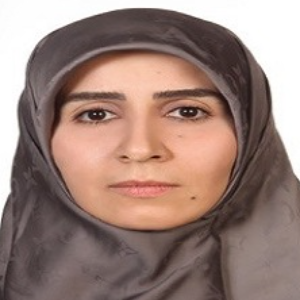Title : Prevalence of osteoma cutis in the maxillofacial region and classification of its radiographic pattern in cone beam CT
Abstract:
Background: Osteoma cutis is a rare soft tissue ossification of cutaneous tissue and may be primary or secondary. In the majority of cases it is clinically asymptomatic and may detected incidentally on radiographic examination. Cone beam computed tomography (CBCT) has can be of great assistance in the detection of this asymptomatic lesion. Objectives: In this retrospective study, the prevalence and different radiographic appearance of osteoma cutis was evaluated.
Materials and Methods: A total of 6,500 CBCT images were evaluated for the presence of osteoma cutis. Ectopic existence of calcified tissue within the soft tissue of the dermis or epidermis that was incompatible with the calcification of other anatomic structures or soft tissue calcifications was considered to be osteoma cutis. Accordingly, the detected patterns were divided into four distinct groups: (1) a single nodule, (2) plate-like lesion, (3) single or multiple depth lesion(s), trans-epidermal, and (4) multiple, disseminated lesions of various sizes known as multiple miliary. The data were evaluated in terms of prevalence and variations. The frequency, total prevalence, percentage and the prevalence of different radiographic forms of this lesion were calculated.
Results: One hundred and forty eight (2.27%) cases of 6,500 evaluated tomograms had osteoma cutis. Of these, 5 (0.07%) were in the form of a single nodule, 4 (0.06%) were single, plate-like lesions, 7 (0.1%) were multiple plate-like lesions, 2 (0.03%) were in the form of a deep thread-like lesion, and 130 (2%) presented as multiple disseminated lesions.
Conclusion: According to the radiographic views, osteoma cutis may be categorized into single nodular, single or multiple platelike, deep, and multiple disseminated forms. Of the mentioned radiogarphic patterns, the multiple disseminated form (miliary) had a higher prevalence in our study. CBCT images enable accurate evaluation of the nature and frequency of osteoma cutis.
Keywords: Cone beam computed tomography, Osteoma cutis, Prevalence



